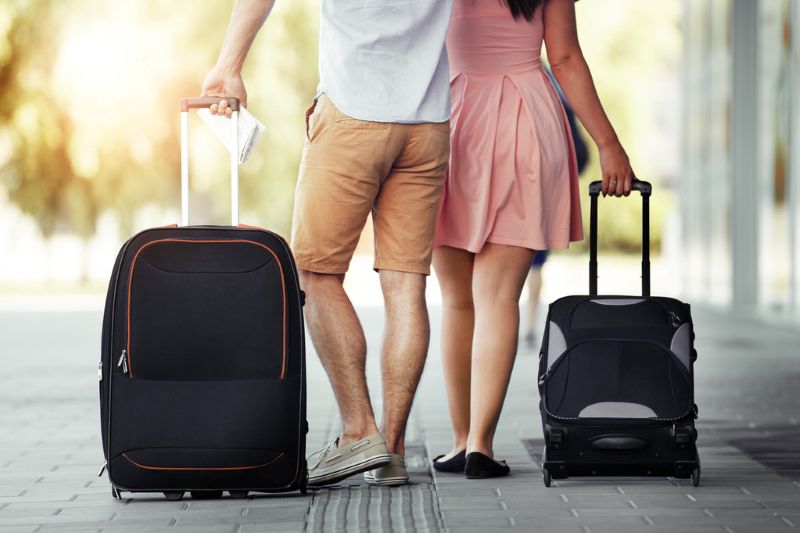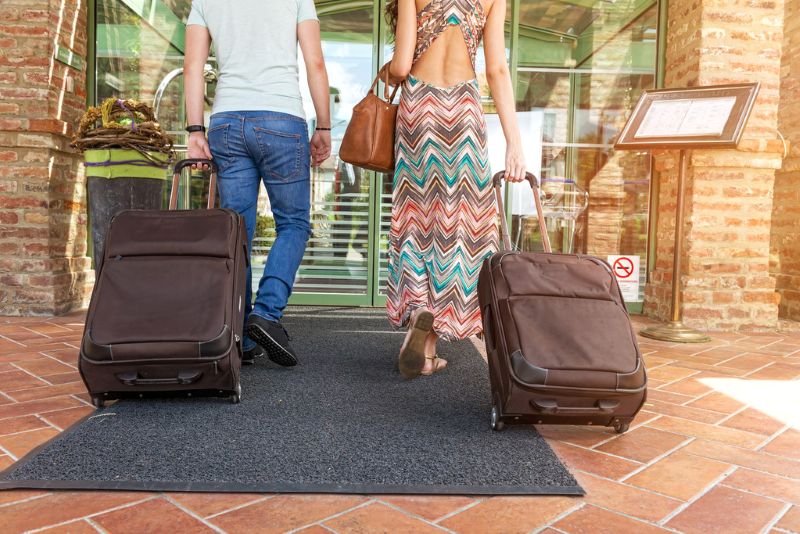5 min read
869 words
Remember when buying luggage was a simple affair? Pick a bag that looked nice, maybe one that matched, and off you went. Today, the landscape of travel has shifted dramatically, transforming the seemingly straightforward purchase of a suitcase into a strategic decision akin to buying a car. With evolving airline regulations, notorious check-in baggage fees, and the sheer variety of travel modes from buses to trains to planes, selecting the right luggage is more crucial than ever. Investing time in research, both online and offline, can save you significant hassle and money in the long run, ensuring your travel companion truly endures through countless business trips and cherished vacations.
Navigating the New Realities of Travel
The primary driver behind this shift in luggage purchasing behavior is the ever-tightening grip of airline regulations and the pervasive presence of baggage fees. What was once included in the ticket price is now an opt-in, often costly, addition. This has made the size and weight of your luggage paramount. Carry-on dimensions are strictly enforced, with airlines increasingly using sizing bins at the gate, leading to last-minute check-ins and unexpected fees for oversized bags. Similarly, checked baggage often incurs a fee per piece, with additional charges for overweight items. This financial pressure pushes travelers to seek lighter, more compact, and more versatile luggage solutions that can either fit within carry-on limits or minimize checked bag costs.
Beyond air travel, other modes of transport also influence luggage choice. Bus travel often involves overhead compartments and under-bus storage, both of which can be rough on bags and have their own spatial considerations. Train travel, while generally more forgiving, still benefits from easily maneuverable luggage, especially when navigating crowded platforms or narrow aisles. Each mode of transport presents unique challenges that underscore the need for a durable, functionally designed piece of luggage. The modern traveler isn’t just buying a bag; they’re buying a strategic tool designed to navigate a complex, regulated, and often costly travel environment.
Essential Considerations for Your Luggage Investment

Given the current travel climate, going into a luggage purchase armed with a checklist is not just wise, it’s essential. Think of it as a pre-purchase inspection for your mobile closet.
1. Durability and Material: This is arguably the most critical factor. Luggage takes a beating. * Hardside vs. Softside: Hardside bags (polycarbonate, ABS, aluminum) offer superior protection for fragile contents and are often more water-resistant. Softside bags (nylon, ballistic nylon, polyester) are generally lighter, more flexible (allowing for overpacking), and often have external pockets. Ballistic nylon is known for its exceptional tear and abrasion resistance. * Components: Don’t overlook the zippers (YKK are preferred for their reliability), handles (sturdy, multi-stage telescoping handles that don’t wobble excessively), and wheels.
2. Size and Weight: Always, always check the specific size and weight restrictions of the airlines you frequently fly, especially for carry-on luggage. A few inches or pounds can mean the difference between boarding smoothly and paying an unexpected fee. Furthermore, the luggage itself should be lightweight, as every pound counts against your allowance. Look for specifications that list the “empty weight” of the bag.
3. Maneuverability: * Wheels: Spinner wheels (four wheels that rotate 360 degrees) are excellent for gliding through airports and tight spaces, reducing strain on your arm. Inline skate wheels (two wheels) are more robust and better suited for rougher terrain or when pulling the bag behind you. * Handles: A comfortable, strong, multi-stage telescoping handle is crucial for ease of pulling and pushing, especially if you’re tall or short.
4. Organization and Features: Smart internal and external organization can make a big difference. Look for: * Internal Compartments: Straps to secure clothes, zippered pockets for smaller items, wet pockets, or even built-in garment bags. * Expandability: A zippered expansion panel can be a lifesaver for souvenirs or just a few extra items. * External Pockets: Convenient for items you need quick access to, though less common on hardside bags. * Security: Integrated TSA-approved locks offer peace of mind. * Tech Features: Some modern bags include built-in USB charging ports (though you’ll need to supply your own power bank) or even GPS tracking.
5. Warranty and Brand Reputation: A good piece of luggage is an investment. Reputable brands often offer extensive warranties that cover manufacturing defects, and sometimes even damage from airline handling. Read reviews, check ratings, and consider the brand’s history of reliability.
6. Online vs. Offline Shopping: * Online: Offers unparalleled variety, competitive pricing, and user reviews. The downside is you can’t physically inspect the bag – check the zippers, feel the material, or test the handle’s stability. * Offline (Physical Store): Allows you to touch, feel, and test the luggage. You can roll it around, extend the handle, examine the stitching, and compare sizes directly. Sales associates can also offer expert advice. The drawbacks can be limited selection and potentially higher prices.
Ultimately, your luggage is more than just a container for your belongings; it’s a vital part of your travel experience. Just like a car transports you to your destination, your luggage ensures your possessions arrive safely and conveniently. Taking the time to research and select a piece that meets your specific needs for durability, size, maneuverability, and features will prove to be a wise investment that serves you well on countless adventures, both near and far.

My carry on is definitely bigger than allowed, but I have never had an issue.
Almost everything is too big by 1-2 inches. I don’t get it.